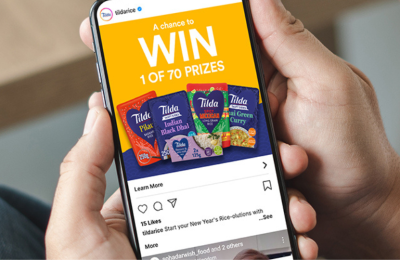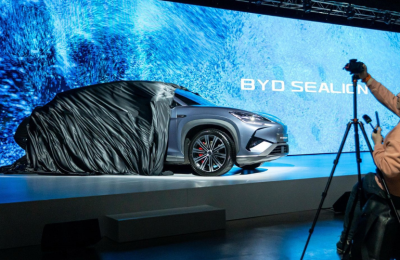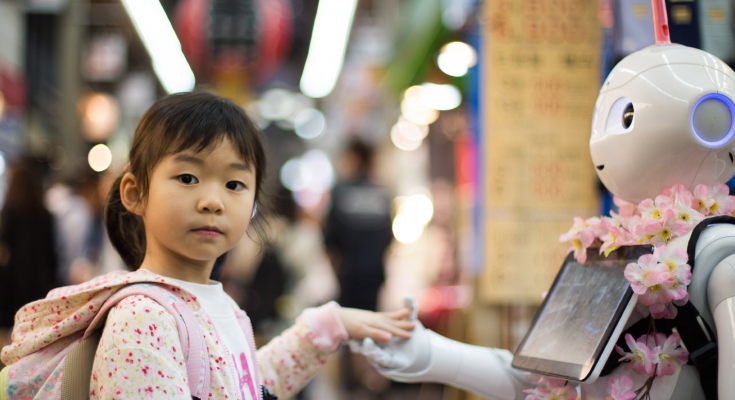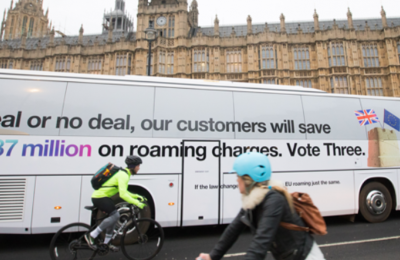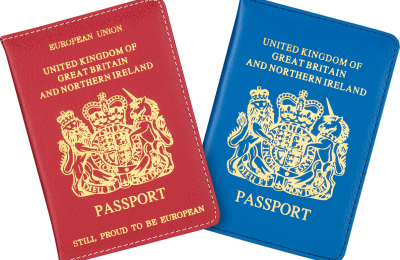Fiona Rayner, Head of Experiential & International Operations at Blackjack Promotions, shares how Duty Free can carefully combine humanity and technology to directly engage passengers
Airport Duty Free is the envy of the rest of the retail world, delivering growing profits from relatively small outlets and apparently resisting the threat of e-commerce.
Of course, there are advantages to the airport environment; a captive audience with money to spend and time to kill, for a start. But even air travellers can get bored with a retail offering that stays the same and fails to reflect changes in consumer taste and in retail engagement.
Sometimes, even the best retailers and brands can get a bit complacent and even lazy. Plus, they are just as vulnerable as the consumers they serve to the siren lure of the ‘Next Big Thing.’
Take digital, for example. There’s lots of tech being rolled out in the Duty Free space. Some of it is truly groundbreaking, but much of it is just more of the same.
We see examples across travel retail of what is purely ‘tech for the sake of tech’ – someone places an iPad on a promotion, lets consumers click a few buttons to indicate what their preference is, and the digital aspect of a promotion is complete – just a tick box exercise.
I think mechanics like this need to go to a new level. I was at Jewel Changi Airport recently for the Tax Free World Association (TFWA) Asia Pacific Exhibition and Conference. They’d given the iPad data collector an extra twist. They had a little robot; not a real robot, but one of those ‘telepresence’ devices where you position an iPad and a digital screen on a vaguely anthropomorphic body. But it works: people like interacting with something new, and these robots can be very likeable.
However, cuteness alone isn’t enough; relevance is key. If it’s not relevant to the individual, then it’s just a tablet asking questions. It has a passing suggestion of personalisation, but it’s not real personalisation, it’s just form-filling. At the end of the day, it’s just another way of collecting data from consumers.
Technology should be used not simply as a passive receptor, but as a communicator that uses data to engage consumers with relevant content that actually enriches and improves the customer experience.
There is support for this viewpoint, ironically, from a new report by e-commerce specialists Attraqt, entitled Luxury Retail’s Digital Dilemma – How To Inject The ‘Wow’ Into ‘Buy Now’.
Although the report’s over-riding objective is to get luxury brands to spend on e-commerce, its authors warn, interestingly, against an over-reliance on AI and data-driven websites.
The report says: “focusing on automation alone will hamper a luxury brand’s ability to create rich discovery experiences. High end retail experiences will thrive on the ability to over-ride automation with human merchandising creativity – for instance the opportunity to respond to ‘in the moment’ trends and events.”
Now, they aren’t talking about physical high-end stores; they are talking about effectively online moderators who inject some humanity into a website’s otherwise cold and analytical delivery of results based just on data.
But the point the report makes is just as valid when you apply it to Duty Free outlets and how luxury brands communicate with shoppers in the physical airport space. There is indeed a need to “create rich discovery experiences”, both on-and off-line.
In a world of General Data Protection Regulation (GDPR) and where people feel bombarded with marketing messages and demands for their data, brands and retailers need to figure out how to gain trust from passengers, so they are happy to give you more information that can be used to deliver a more tailored, personal and relevant experience. This will both drive sales and boost loyalty.
There’s also the challenge of understanding the data that consumers are giving you and turning it into real, actionable insights. Tech, right now, is great at capturing raw data; but real people, whether Brand Ambassadors or retail staff, don’t just provide data, they add nuance, context and interpretation. This is why the human touch retail remains vital, regardless of technology.
Well-trained retail assistants and brand ambassadors engage directly with passengers. They are the eyes and ears of brands and retailers on the shop floor in the airport space. They report back what customers are telling them about a brand or a retailer, how they feel about offers, and their personal reactions to what they are being told, shown and asked to pay for.
Real people are also much better than robots or tablets at understanding the subtleties of human interactions and human emotion. That’s why technology, no matter how sophisticated or intelligent, should only play a supporting role to real people in retail. It can liberate them from behind counters; analyse customer data, turning it into key insight they can use to deliver a better-informed service; provide automation for repetitive tasks so they can dedicate more time to customer engagement. But it should not and will not ever replace the human touch.
Airports are buzzing places, full of human energy and emotion. We have to make sure that this isn’t thrown away in a headlong rush to embrace new technology. With increasing competition and the rise of ecommerce, it’s important for real world retail to be more experiential than ever before. Carefully combining humanity and technology holds the key.
To find out more about Blackjack Promotions, get in touch with Fiona.Rayner@abm.com




